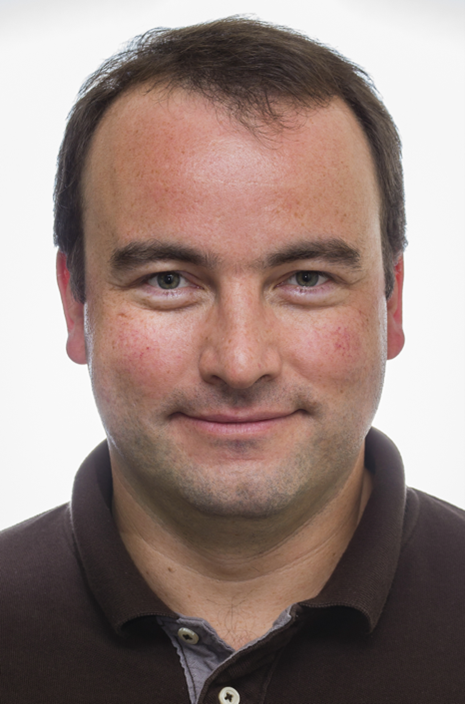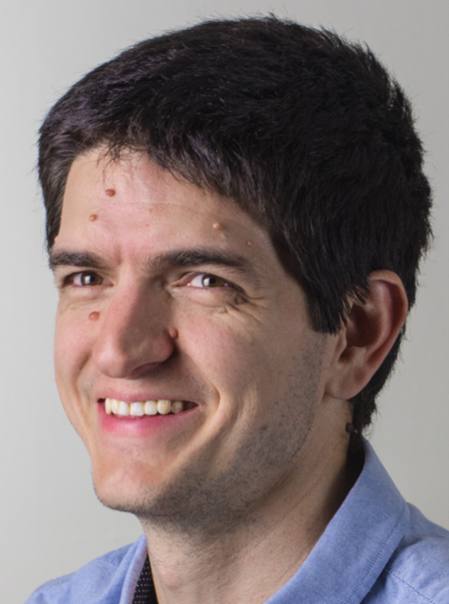Yale-NUS Science faculty publish research on anti-aging treatment and energy efficiency
The applications of Yale-NUS faculty’s research and how they benefit society
Two professors from the Science faculty at Yale-NUS College have published their research, which heralds the start of exciting new developments for pressing problems confronting society today. Associate Professor of Science (Life Sciences) Nicholas Tolwinski’s research focuses on the extension of the human lifespan through the combination of stem cell rejuvenation with the targeted removal of senescent cells (zombie cells that contribute to chronic inflammation), showing how combination therapy exhibits potential for anti-aging treatment. Meanwhile, Assistant Professor of Science (Physics) Ben Olsen’s study furthers the development of next-generation battery technology by helping to design materials that make batteries more efficient, as well as developing new and safer solid-state batteries.
Published in October 2022, Assoc Prof Tolwinski’s paper is titled “Combining stem cell rejuvenation and senescence targeting to synergistically extend lifespan.” In conducting his research, he also worked with Yale-NUS students – Agimaa Otgonbaatar (Class of 2024), Anupriya Ramamoorthy (Class of 2022), Associate Professor of Science (Biochemistry) Jan Gruber, and Assistant Professor of Science (Computational Biology) Nathan Harmston. Assoc Prof Tolwinski’s research is inspired by the field of regenerative medicine. “These cells could be stimulated to help repair age-related decline. There have been many approaches tried, but direct stimulation of existing cells is the newest and very promising,” he said.

Associate Professor of Science (Life Sciences) Nicholas Tolwinski. Image provided by Nicholas Tolwinski.
The researchers combined two processes to come up with this approach. The first involves reversing the aging process of stem cells in what is known as stem cell rejuvenation, which leads to younger cells overall. The second targets the removal of cells that no longer multiply but remain in the body even when they should die off, otherwise known as senescent cells, which can cause inflammation. The researchers found that the first process extended the human lifespan, while the combination of these two processes further showed benefits by protecting the intestinal stem cell pool, lowering inflammation, activating pro-stem cell signaling pathways, and improving health and lifespan. These findings indicate that the combination of the two aforementioned processes can be used as an anti-aging treatment, targeted at rejuvenating the human body.
In January, Asst Prof Olsen published his paper entitled “Minimal model of drag in one-dimensional crystals.” He worked with Harshitra Mahalingam (Class of 2021), Zhun Wai Yap (Class of 2022), and Assistant Professor of Science (Physics) Aleksandr Rodin on this study.
The idea behind the study stemmed from the concept of energy loss. Delving into the mechanics of his research, Asst Prof Olsen explained that in a perfect conductor or battery, electrical current flows without losing any energy or slowing down. However, in real devices, current-carrying particles slow down as they interact with the rest of the material so their energy is lost as heat. The researchers sought to find conditions that minimise or eliminate this energy loss, known as dissipation, to increase the efficiency of batteries, wire, and other electronic devices. They noted that for most regular materials, dissipation increases at high speeds, so high-current devices are less efficient.
They found that dissipation actually decreases at high speeds in certain one-dimensional materials such as carbon nanotubes or special crystals with elongated channels, effectively making higher currents more efficient, contrary to what was previously thought. This makes one-dimensional solid materials a promising avenue for development for solid-state batteries, the primary device the researchers had in mind when working on this model.

Assistant Professor of Science (Physics) Ben Olsen. Image provided by Ben Olsen.
Asst Prof Olsen plans to further his study by working with realistic ingredients or two-dimensional materials, and to implement a model using lasers and gas to simulate one-dimensional material. Through modelling, the researchers will be able to bridge the gap between their theoretical predictions and real battery materials and hopefully help other teams to improve actual solid-state devices in the longer term.
At Yale-NUS, we promote broad-based interdisciplinary learning across the natural sciences, social sciences and humanities, and pursue excellence through innovative teaching and research. These groundbreaking discoveries by our faculty are testament to the quality of research and education that take place in the College as we forge on towards shaping a better tomorrow for generations to come.





